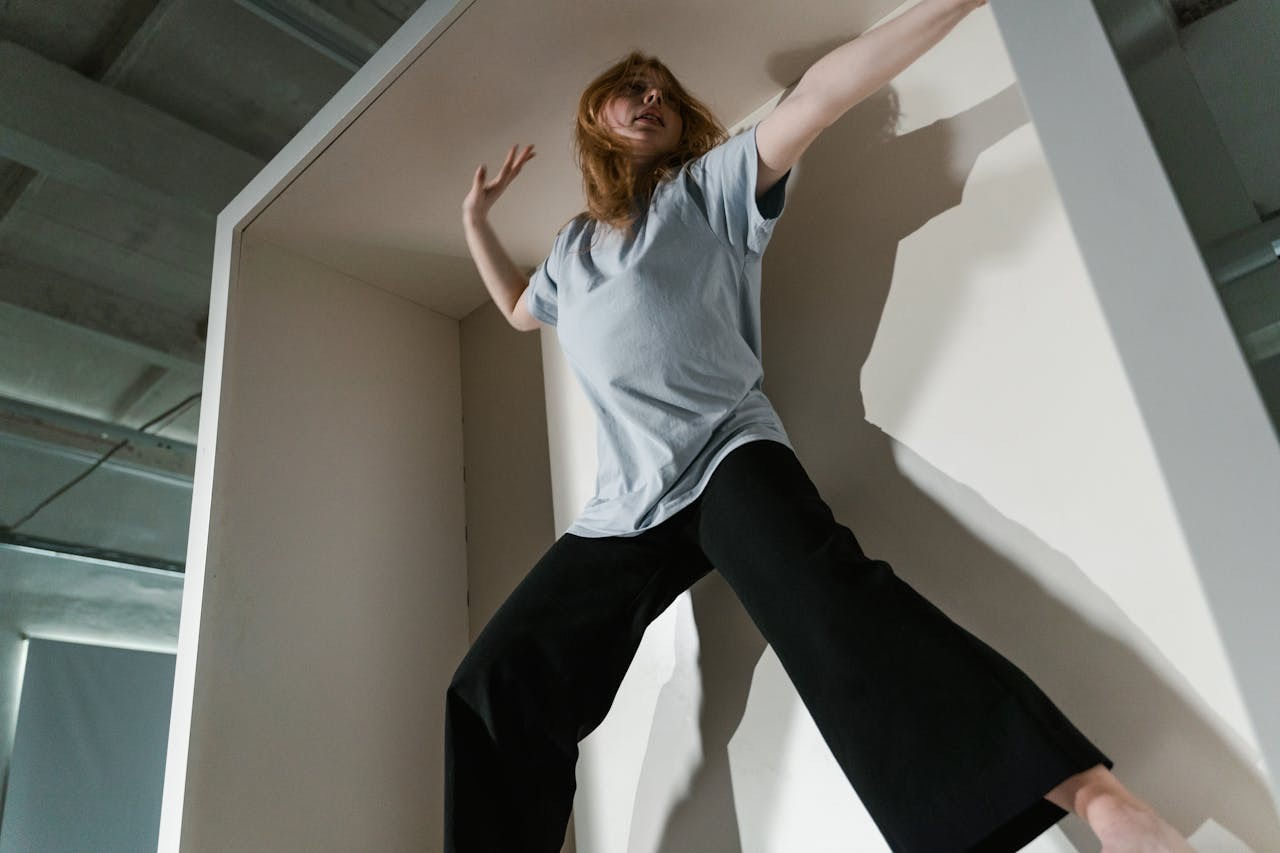
Compartmentalisation: The Walls We Build to Survive
- Chelsea Joy Arganbright

- Aug 18
- 4 min read
Compartmentalisation is a remarkable psychological trick. It’s what allows us to put one emotion in one drawer, one experience in another, and keep moving through life without everything spilling out at once. For many people, it happens here and there - a way of keeping work stress from bleeding into home life, or heartbreak from overwhelming professional obligations.
But for those who have lived through trauma, compartmentalisation can become a way of life. It’s not just a drawer here or there. It’s a whole filing system. Every part of life is packed into separate boxes because, at some point, carrying it all at once would have been unbearable.
Living in compartments
If you grew up in an environment where safety was never guaranteed, you may have learned early that the only way to get through each day was to keep life in strict compartments. Home in one box. School in another. Feelings sealed up and stored far away. Even as an adult, that habit can continue: work goes in one compartment, relationships in another, and sometimes even a single day is divided into mini-boxes - “just get through this morning,” “just handle this meeting,” “just make it to tonight.”
On the surface, this way of living can look functional, even disciplined. But inside, it often feels fragmented. Like parts of yourself exist in different rooms of the same house, but the doors are locked, and you can’t quite gather everyone together.
The paradox of the present moment
Here’s where it gets complicated. Much of our cultural and spiritual wisdom tells us to “live in the present.” The Buddhists remind us that the present moment is the only one we truly have. Mindfulness practices promise peace if we can simply land in the now.
But trauma creates a paradox. For survivors, living in the now doesn’t always feel like freedom. Sometimes, it’s survival. The mind clamps down on “just today” because tomorrow feels too uncertain to imagine. The future can appear like a blank wall or, worse, a dark tunnel you’d rather not walk down.
This is what psychologists call a “foreshortened future” - when it’s difficult, sometimes impossible, to picture yourself in a positive tomorrow. It’s not that you don’t want a future. It’s that your nervous system is still busy keeping you safe today.
So while mindfulness asks us to anchor in the present, trauma often forces us to stay there. The difference is subtle but profound: one is chosen, the other imposed.
Moving away, moving within
Relocation often brings these patterns into sharp relief. Moving house, city, or country isn’t just about logistics; it’s an emotional upheaval. For those with trauma, moving can feel like both escape and exile. Leaving a place behind can bring immense relief - a chance to step away from streets, sounds, or faces that carry painful associations. But it can also reinforce compartmentalisation. The past gets sealed in that old house, that old neighbourhood, that old self. The new city becomes another mental box where you can function without touching what you left behind.
At first, this can feel liberating. A blank canvas, a fresh start. But unless the old boxes are eventually opened and integrated, the cycle repeats. You’re not just moving to a new home; you’re moving into a new compartment.
Healing the split
So what does it look like to begin integrating? Not by tearing down all the walls at once - that would feel overwhelming, even unsafe - but by gently opening the doors between rooms. Letting light filter through.
This is where holistic practices can serve as bridges:
Reiki and meditation offer stillness that helps us notice the compartments we’ve created, without judgement.
Internal Family Systems (IFS) works directly with the idea of “parts” - the boxes of self that hold different roles, memories, or fears. In therapy, these parts are invited into dialogue, not forced into collapse.
Emotional Freedom Techniques (EFT) and breathwork help release the emotional residue that keeps the compartments locked tight.
Mindfulness, when trauma-sensitive, can teach us how to be in the present without being trapped there. The key isn’t endless immersion but building safety so that the present can expand, making space for both past and future to exist without overwhelm.
A different kind of “now”
To live in the present after trauma is not to tunnel into survival mode. It’s to arrive in the now because the now feels safe enough to hold. From this grounded place, the past can be remembered without flooding, and the future can be imagined without dread.
Healing is not about erasing the past or forcing yourself into constant positivity about the future. It’s about weaving your story into one continuous thread, so that the self who lived through yesterday, the self navigating today, and the self who longs for tomorrow can finally sit at the same table.
As Esther Perel says, “The stories we tell ourselves about who we are and where we’ve been shape the lives we live today.” Compartmentalisation is one such story. It helps us survive, but it’s not the whole story. Healing invites us to expand the narrative - to connect the chapters, to let the rooms of our inner house open to one another.
In the end, the work is not about breaking down walls but opening doors. To let the different parts of our lives flow together, so that instead of living in fragments, we can live as whole, authentic beings.







Comments